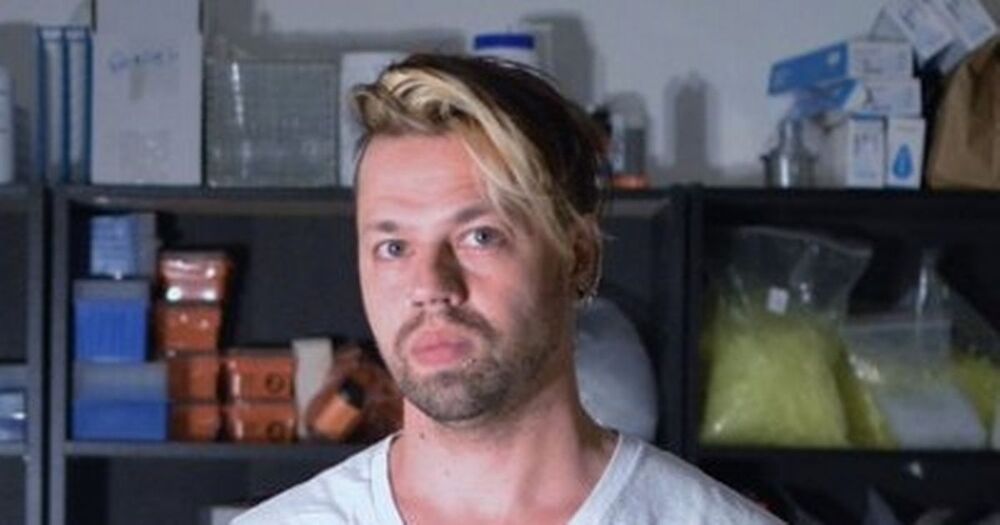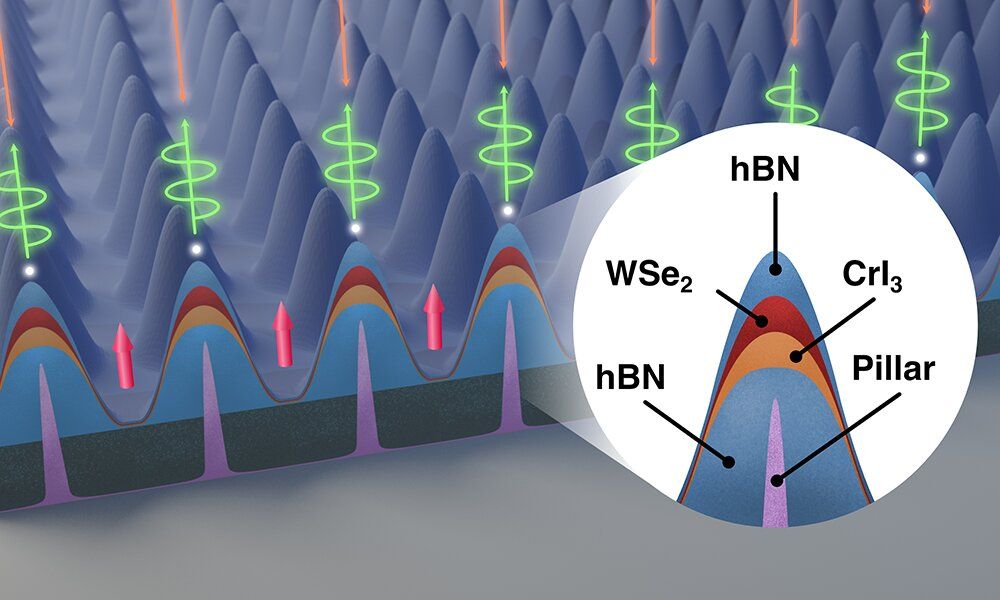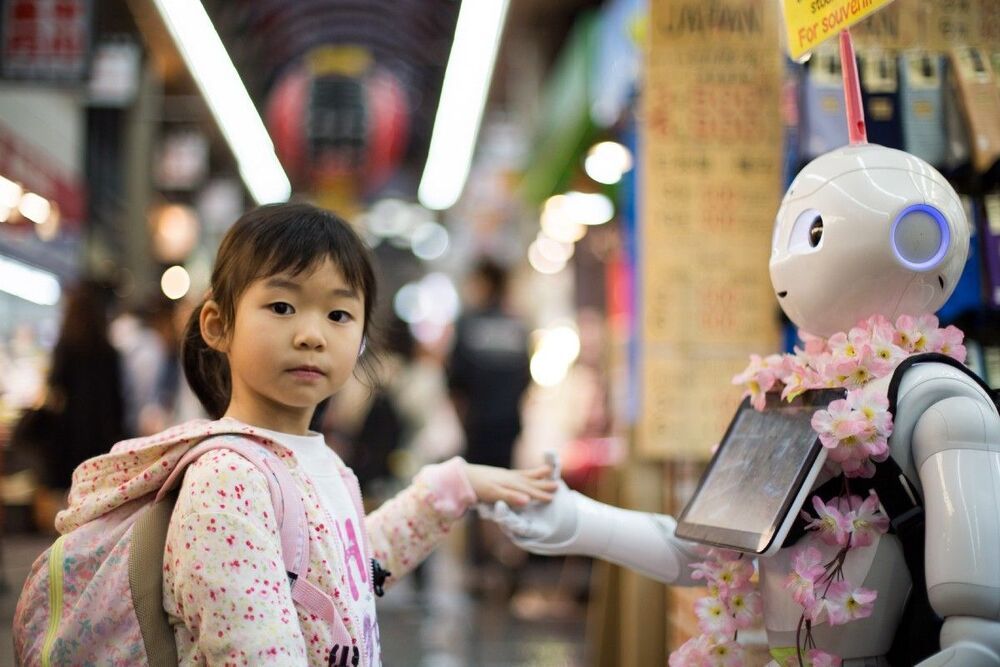Circa 2017
Josiah Zayner, a biochemist and former NASA worker, has become the first person known to have edited his DNA after removing a protein which inhibits muscle growth mirror.

An early model Nissan Leaf has been given a new lease of life with a battery upgrade for a fraction of the price it would cost if done by Nissan.
The 2011 Nissan Leaf came with a 24kWh battery, and even when new had a very modest driving range of 117km based on the US EPA ratings.
But after nine years of use, this particular Nissan Leaf’s maximum range had degraded to around 100km, prompting owner Daniel Öster to undertake an upgrade using a 30kWh battery from a 2017 Nissan Leaf.

In the distant past, there was a proverbial “digital divide” that bifurcated workers into those who knew how to use computers and those who didn’t.[1] Young Gen Xers and their later millennial companions grew up with Power Macs and Wintel boxes, and that experience made them native users on how to make these technologies do productive work. Older generations were going to be wiped out by younger workers who were more adaptable to the needs of the modern digital economy, upending our routine notion that professional experience equals value.
Of course, that was just a narrative. Facility with using computers was determined by the ability to turn it on and log in, a bar so low that it can be shocking to the modern reader to think that a “divide” existed at all. Software engineering, computer science and statistics remained quite unpopular compared to other academic programs, even in universities, let alone in primary through secondary schools. Most Gen Xers and millennials never learned to code, or frankly, even to make a pivot table or calculate basic statistical averages.
There’s a sociological change underway though, and it’s going to make the first divide look quaint in hindsight.

Chinese electric startup Kandi announces that its small K27 electric car has been approved for California roads and it is going to cost only $7,999 in the state after incentives.
Several Chinese automakers are currently looking to expand outside of China, and that’s especially true of electric vehicle makers.
Even foreign automakers, like Volvo and BMW, are now producing electric vehicles in China and exporting them globally. The Chinese-made Polestar 2 is due later this year. BMW is also looking at bringing Chinese made EVs to the US.

Researchers at the University of Rochester and Cornell University have taken an important step toward developing a communications network that exchanges information across long distances by using photons, mass-less measures of light that are key elements of quantum computing and quantum communications systems.
The research team has designed a nanoscale node made out of magnetic and semiconducting materials that could interact with other nodes, using laser light to emit and accept photons.
The development of such a quantum network—designed to take advantage of the physical properties of light and matter characterized by quantum mechanics—promises faster, more efficient ways to communicate, compute, and detect objects and materials as compared to networks currently used for computing and communications.

NASA reestablished communication with the Voyager 2 probe that is more than 11.6 billion miles, after the agency went dark in March to complete hardware upgrades on its satellite.


Artificial intelligence helps scientists make discoveries, but not everyone can understand how it reaches its conclusions. One UMaine computer scientist is developing deep neural networks that explain their findings in ways users can comprehend, applying his work to biology, medicine and other fields.
Interpretable machine learning, or AI that creates explanations for the findings it reaches, defines the focus of Chaofan Chen’s research. The assistant professor of computer science says interpretable machine learning also allows AI to make comparisons among images and predictions from data, and at the same time, elaborate on its reasoning.
Scientists can use interpretable machine learning for a variety of applications, from identifying birds in images for wildlife surveys to analyzing mammograms.

How do you *feel* about that?
Much of today’s discussion around the future of artificial intelligence is focused on the possibility of achieving artificial general intelligence. Essentially, an AI capable of tackling an array of random tasks and working out how to tackle a new task on its own, much like a human, is the ultimate goal. But the discussion around this kind of intelligence seems less about if and more about when at this stage in the game. With the advent of neural networks and deep learning, the sky is the actual limit, at least that will be true once other areas of technology overcome their remaining obstructions.
For deep learning to successfully support general intelligence, it’s going to need the ability to access and store much more information than any individual system currently does. It’s also going to need to process that information more quickly than current technology will allow. If these things can catch up with the advancements in neural networks and deep learning, we might end up with an intelligence capable of solving some major world problems. Of course, we will still need to spoon-feed it since it only has access to the digital world, for the most part.
If we desire an AGI that can consume its own information, there are a few more advancements in technology that only time can deliver. In addition to the increased volume of information and processing speed, before any AI will be much use as an automaton, it will need to possess fine motor skills. An AGI with control of its own faculty can move around the world and consume information through its various sensors. However, this is another case of just waiting. It’s also another form of when not if these technologies will catch up to the others. Google has successfully experimented with fine motor skills technology. Boston Dynamics has canine robots with stable motor skills that will only improve in the coming years. Who says our AGI automaton needs to stand erect?